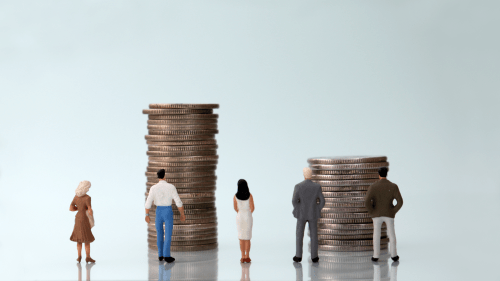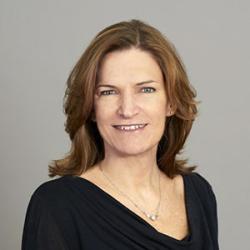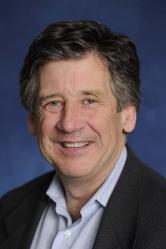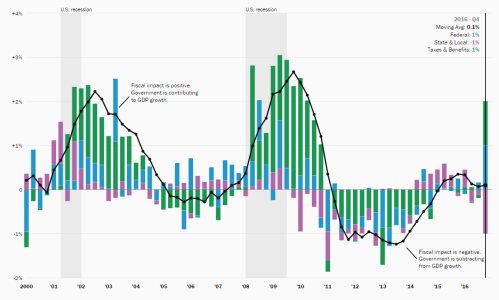

10:30 am EDT - 12:00 pm EDT
Past Event
10:30 am - 12:00 pm EDT
1775 Massachusetts Ave., N.W.
Washington, DC
20036
The Federal Reserve, which has been holding interest rates near zero since late 2008, is poised to raise them sometime this year, perhaps in September, perhaps in December. What happens when the Fed finally makes its move—to the U.S. economy, to bond and stock markets, to the rest of the world? What should the Fed’s strategy be going forward for raising interest rates? Should it be predictable? Or dependent on data? Should it stick to its vow to move gradually? And what should the Fed do with its $4 trillion bond portfolio? Allow it to shrink gradually? Sell off bonds? Maintain a portfolio bigger than pre-2008 levels?
On September 3, the Hutchins Center on Fiscal and Monetary Policy at Brookings discussed all these questions and more with four experts: Brookings’ Donald Kohn, a former Fed vice chairman; Peterson Institute’s Joseph Gagnon, a former top Fed staffer, Johns Hopkins’s Jon Faust, and Julia Coronado of Graham Capital. David Wessel moderated the discussion.
![]() You can tweet questions from the public at #FedRates.
You can tweet questions from the public at #FedRates.
10:30 am - 12:00 pm
The Federal Reserve, which has been holding interest rates near zero since late 2008, is poised to raise them sometime this year, perhaps in September, perhaps in December. What happens when the Fed finally makes its move?






Wendy Edelberg, Noadia Steinmetz-Silber
January 31, 2025

January 31, 2025

William G. Gale, Samuel I. Thorpe
January 31, 2025